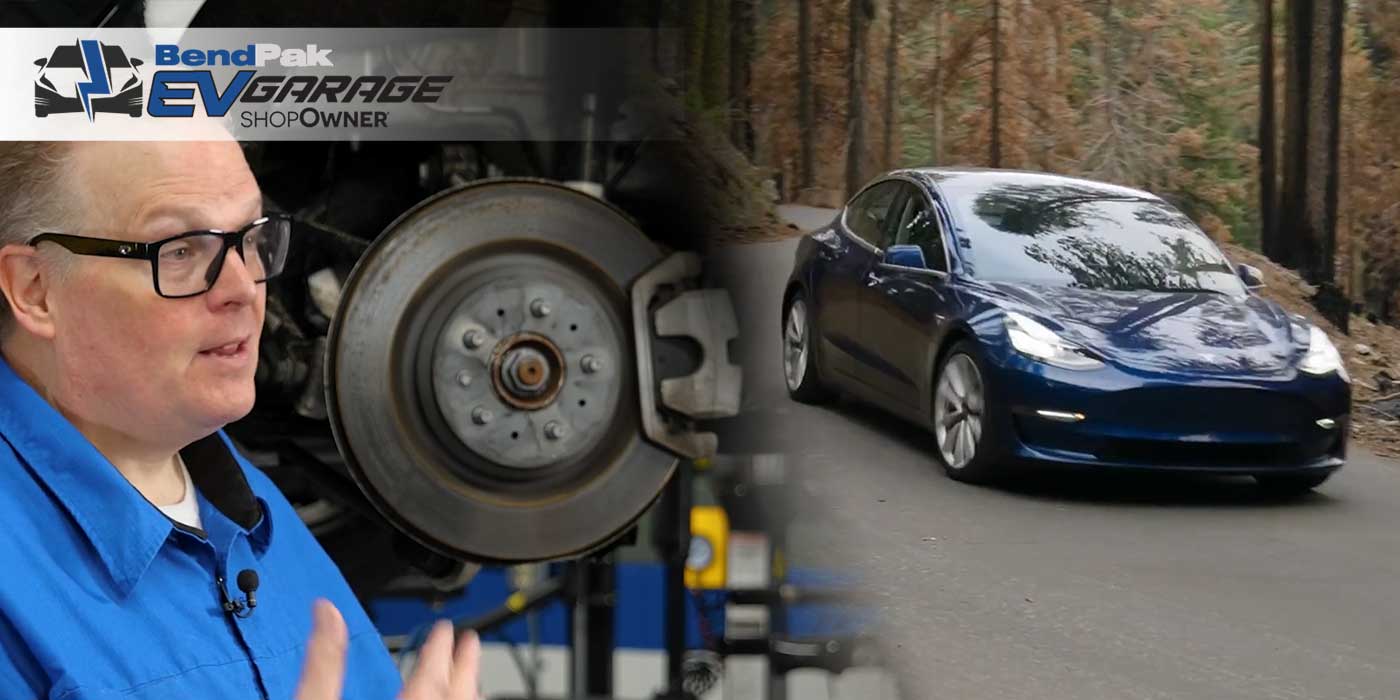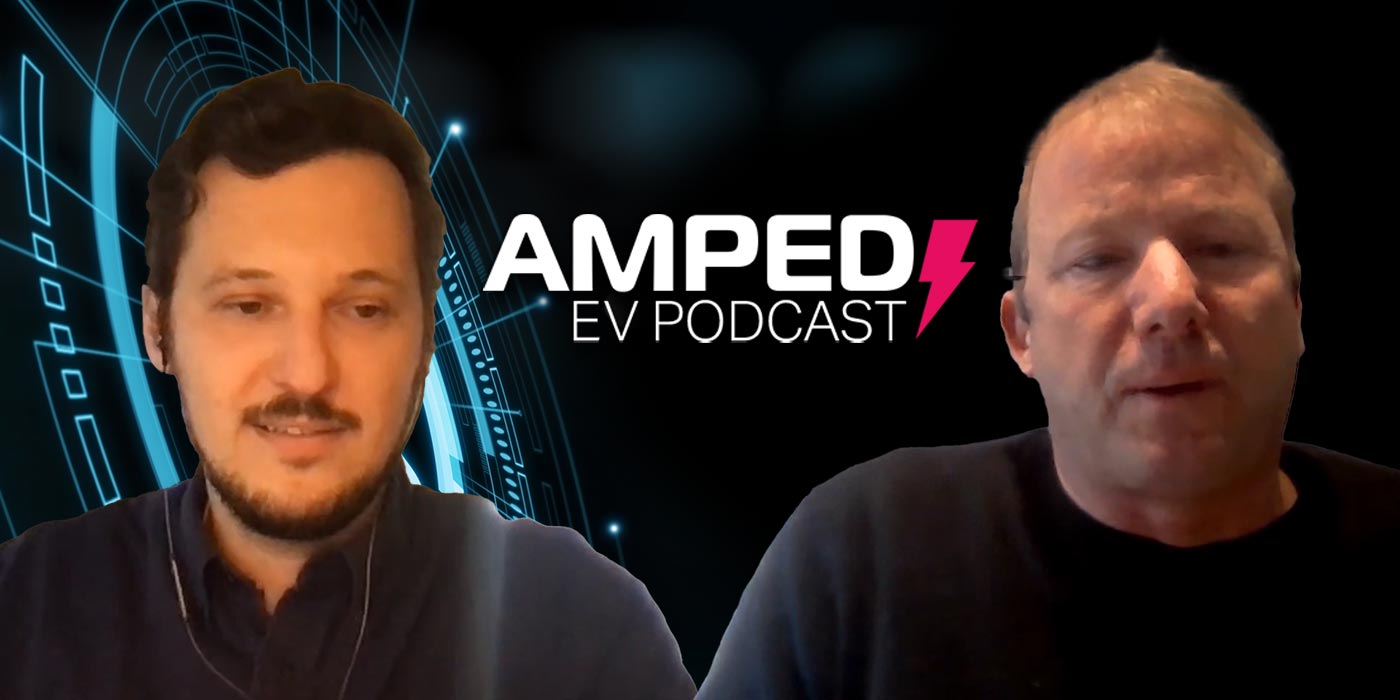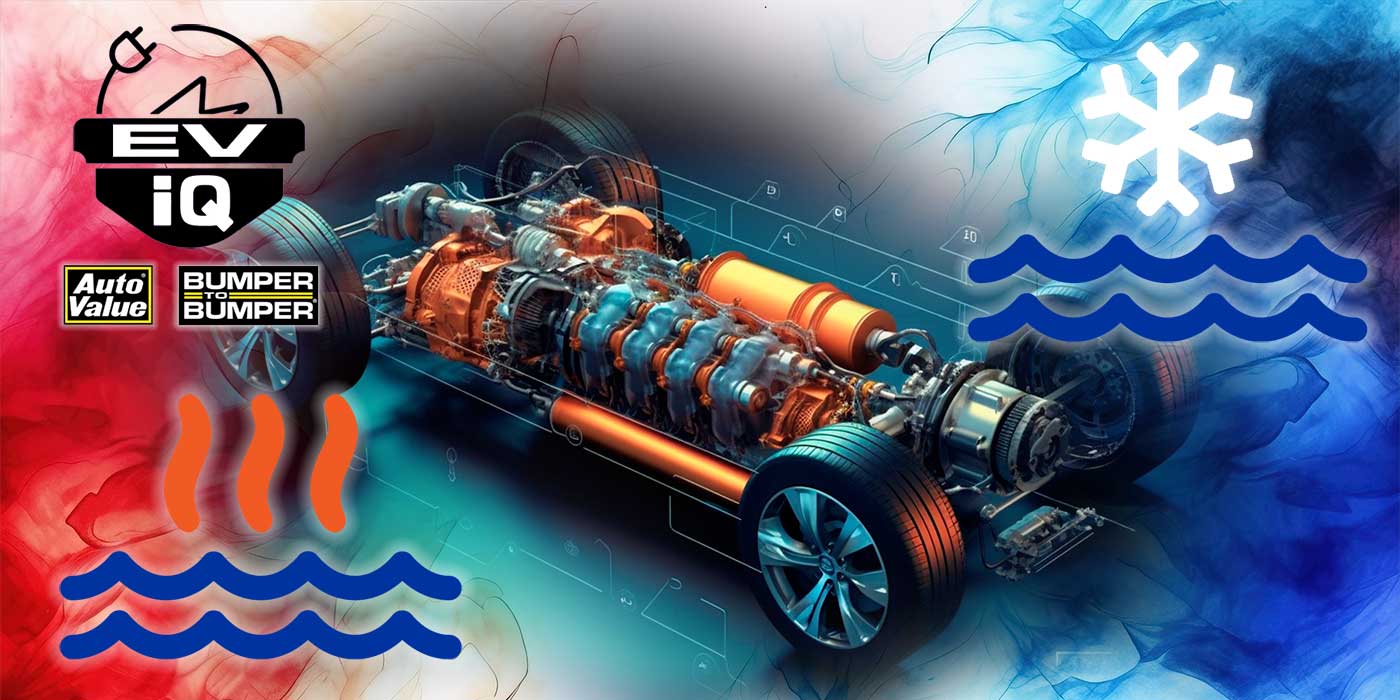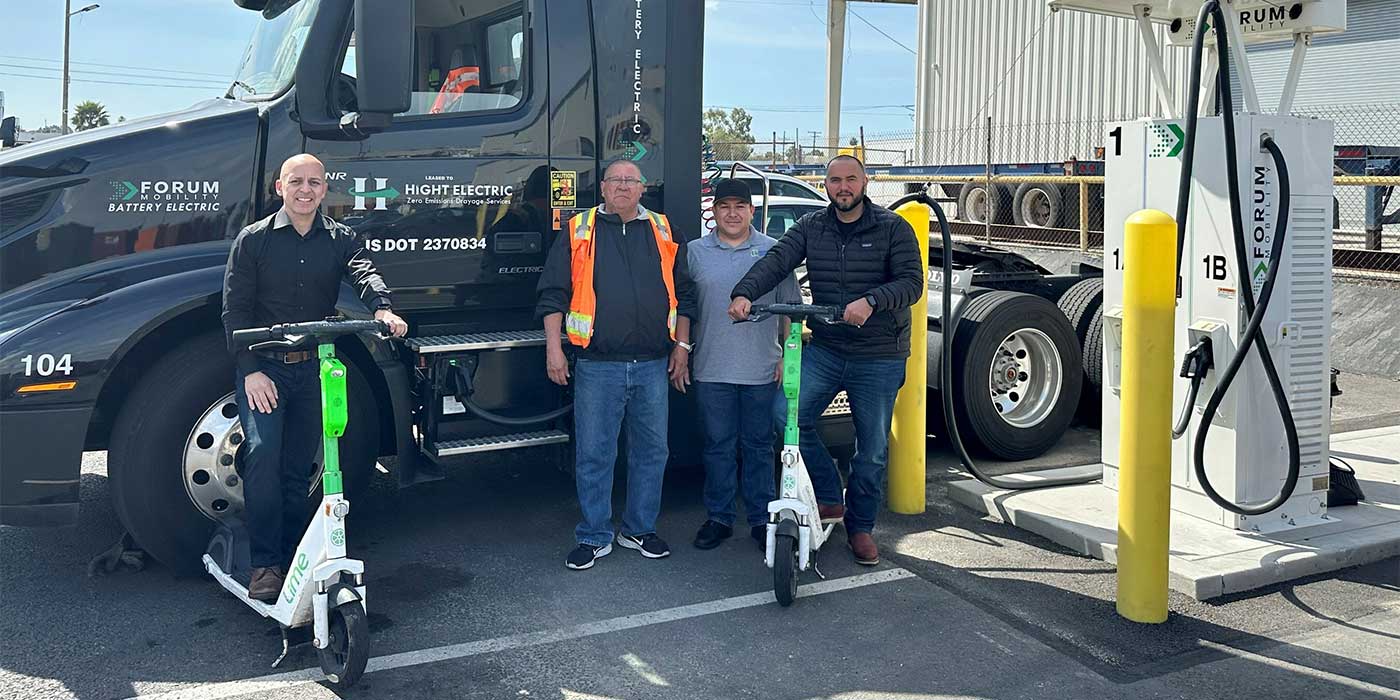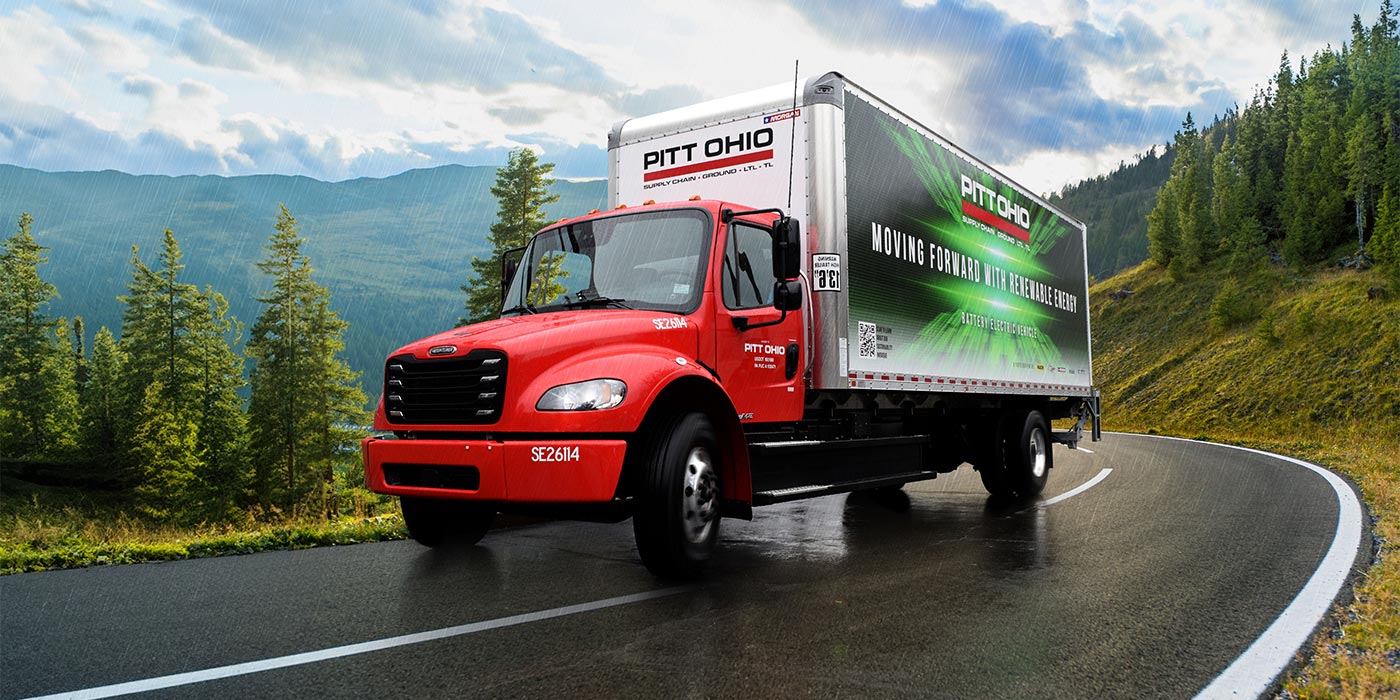Electrification is changing the status quo, and there are a lot of questions about it that probably won’t get definitive answers until it’s very difficult to do anything about the possible consequences. But whether you love it or hate it, one thing’s for sure: it’s happening. And for many, it’s not a “for” or “against” scenario – it’s just business.
This is reflected nowhere better than in the commercial world, where electric trucks really are just business. The fact is that the cost parity between electrification and diesel heavy-duty trucks, in certain applications, is quickly becoming a reality. In states with progressive environmental regulations focused on reducing emissions, the decision whether or not to invest in EVs isn’t just an environmental move, it’s a business move. For context: California has set the goal of having 5 million zero-emission vehicles on the roads by 2030, as well as 250,000 electric vehicle charging stations by 2025. The state also has the goal to cut greenhouse gas emissions to 40% below 1990 levels, as well as meet the health-based air quality requirements established in the federal Clean Air Act by the year 2030.
Consider New Legend Inc., a fleet that hauls loads to more than 30 cities in 12 western states with a lineup of more than 1,000 tractors. The California-based fleet ordered 50 Freightliner eCascadia battery electric trucks in May with the aim of transitioning all of its local routes to electric trucks by 2023. These routes tend to run 100 to 150 miles in range, which are a perfect fit for the eCascadia’s anticipated fully charged range of approximately 250 miles. Future customer expectations are a big reason Legend invested in a big way so early.
New Legend’s executive vice president, Robert Moffit, says:
“Regulation is regulation, but we want to make sure that we stay on top of truck technology for the future of transportation. If things do move toward being more electric and we have freight contracts, we want to make sure we have green energy transportation options for our customers.”
Moffit adds that his hope is to get more than three times the life out of the eCascadia than he gets out of the fleet’s current diesel-powered trucks.
Yes, it’s safe to say that the industry is still in the early days of commercial EV development, but the overall expectation is that electric truck service demands will be much lower than that of their diesel counterparts.
It’s all business.






